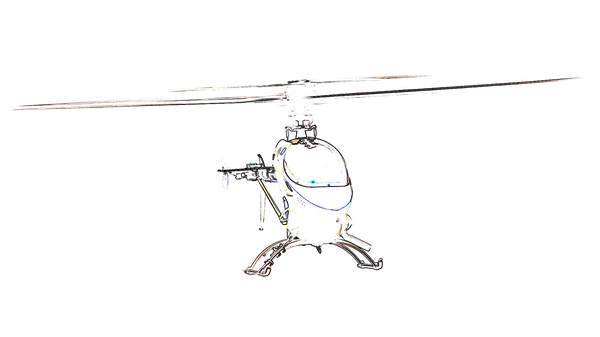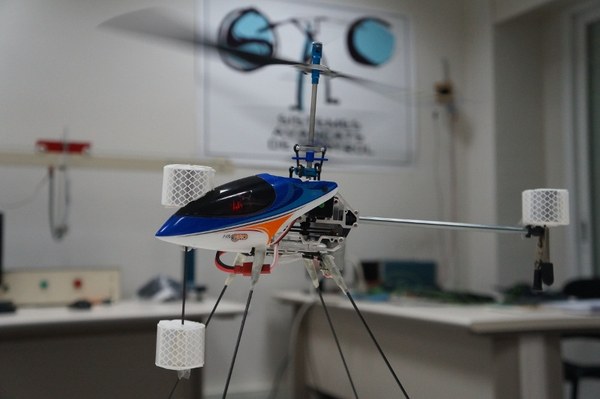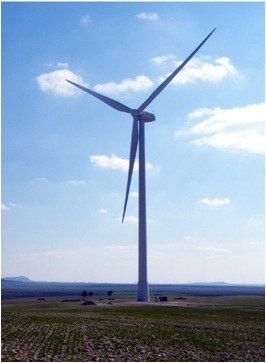Advanced control

The advanced control area of the CER CS2AC-UPC encompasses the design and digital implementation of complex process control systems (generally non-linear and distributed) subject to operating constraints and requiring the fulfillment of certain operating performances. Advanced control benefits from advances in computing and communications to address the control of complex processes. However, the communication networks can introduce new transients, interferences, and inaccuracies in the measurements that put at risk the stability or the performance of the controlled dynamic systems.
On the other hand, engineering decisions for the control of complex systems are usually taken without having the full advice of the most recent theoretical and analytical tools that should be the key to the application of new techniques for the dam of decisions. Another problem appears when the theory is not able to provide solutions to practical problems; usually this difficulty is covered by carrying out extensive simulations and/or experimental tests, which require time and resources (an example is aerospace applications). There are very few, almost no, applications where the theory "fits" perfectly with the actual application, without the need for modification or tweaking. Likewise, this difficulty is more important the more critical the applications, which can result in situations of danger or enormous costs (case of nuclear plants). On the other hand, these difficulties are what drive the engine of applied research, which keeps both theoreticians and practitioners busy in various areas of engineering.
As a summary, the objectives that this area aims to solve the CER CS2AC-UPC are:
- the resolution of practical problems of certain complexity
- the generation (and possible solution) of new theoretical formulations arising from practice.
The SAC research group has several unmanned aerial vehicles (UAVs) and carries out different projects with them. The UAV fleet contains both fully autonomous commercial vehicles and simple toy helicopters, passing through other vehicles in intermediate categories that have been modified and made autonomous in our laboratories.
 |
 |
 |
 |
All of these platforms and facilities are used primarily to design models, identify their parameters, and test controllers and attitude, speed, and trajectory control structures. These are platforms that involve significant theoretical and experimental challenges given that they are strongly non-linear, multivariable, coupled, and unstable. But, in addition, they give rise to the study of other very interesting problems that are related, such as the estimation of the position through computer vision or the implementation of real-time control algorithms, etc. In the links to the images above, there are explanations of some of the projects carried out.

Currently, wind energy has positioned itself as the source of clean and renewable energy with the greatest possibility of replacing part of the more polluting and scarce conventional means of generating electricity. This is a consequence, in part, of the development of new technologies and materials that have given rise to larger-scale, more reliable, and more efficient wind turbines. In this context, the control plays a very important role, since this not only allows a more effective use of the wind turbine but also reduces its aerodynamic and mechanical loads, with the consequent increase in its useful life. The control of wind turbines has been approached with a wide variety of non-linear control tools. More recently, the control has been proposed in the framework of LPV systems, with the aim of explicitly considering the uncertainty of the models and obtaining controls by gain programming with stability guarantees. While LPV controllers allow for more rigorous design, there is still some gap to overcome for application to commercial wind turbines. In particular, it is necessary to address numerical aspects that minimize online calculations with a view to their implementation on industrial computers. It is also necessary to develop tools to translate the complex models of wind turbines into control-oriented models, which implies the reduction of their order and the determination of levels of their uncertainty.
The SAC group has collaborated on these issues with the company ECOTECNIA and wants to have high-fidelity simulations and real wind turbines. The problem is similar to the previous case, to which is added the phenomenon of flexibility of the structures due to their size.



Share: